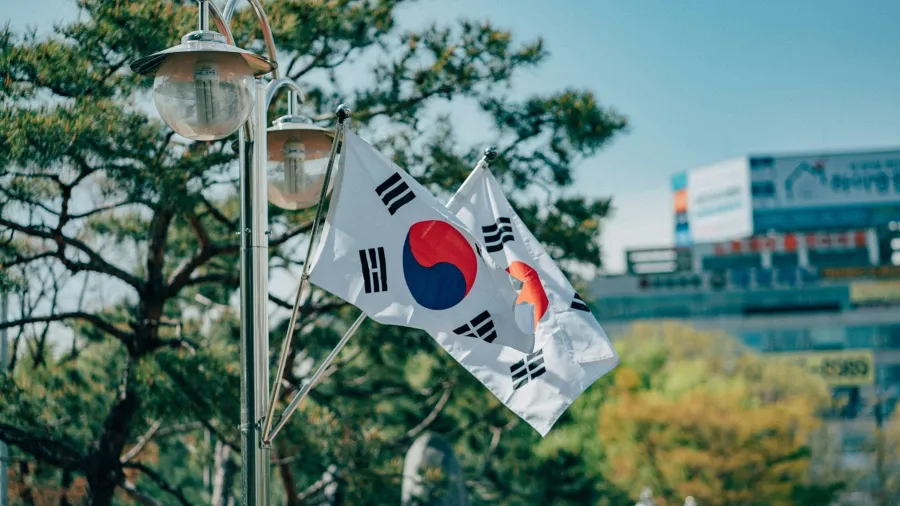
IFRS 17 pushes Korean insurers towards lower-risk products
S&P notes that insurers have been preparing by investing in long-dated bonds.
Korean insurers are facing increasing pressure to manage interest-rate risks and capital adequacy due to the interplay of falling interest rates and new accounting standards, particularly IFRS 17 and IFRS 9, according to S&P Global Ratings.
Insurers with long-term liabilities could face a capital squeeze as discount rates used to value liabilities decline.
The drop in interest rates, which follows a US Federal Reserve cut, may exacerbate the duration mismatch between assets and liabilities for insurers, particularly life insurers and those offering fixed-rate guarantee policies.
IFRS 17 requires insurance liabilities to be valued using market-consistent interest rates, which reveals an insurer’s capital sensitivity to interest rate movements more transparently than the previous standards (IFRS 4).
Korean life insurers, in particular, are vulnerable to this, as their liabilities typically have a longer duration than their assets, making them more exposed to declining discount rates. Non-life insurers with long-term policies also face challenges in managing this mismatch.
S&P notes that insurers have been preparing by investing in long-dated bonds, selling products with less interest-rate sensitivity, and using risk-transfer strategies like co-insurance. These measures, alongside improved profitability under IFRS 17, are helping to cushion capital pressures.
However, the declining discount rate set by Korea’s financial regulator—comprising a market risk-free rate and a liquidity premium—will add further strain. The regulator’s planned adjustments, such as extending the last liquid point to 30 years by 2025 and lowering the ultimate forward rate, will likely reduce the discount rate curve over the next few years.
Whilst many Korean insurers have made progress in asset-liability management, S&P highlights that insurers such as Hanwha Life Insurance and Hyundai Marine & Fire Insurance may face capital adequacy challenges as interest rates fall.
These firms have lower solvency ratios compared to the industry average and could see their capital adequacy decline by 5 to 15 percentage points with a 100 basis point drop in the yield of 10-year Korean government bonds.
Samsung Fire & Marine Insurance, on the other hand, is well-positioned due to its strong asset-liability management and prudent actuarial practices, which will help maintain capital strength over the next two years.
Korean insurers are also tightening their risk management strategies in response to regulatory changes, focusing on reducing the duration gap between assets and liabilities and shifting their product mix toward policies that carry lower interest rate sensitivity.
Insurers with limited regulatory solvency headroom are increasingly exploring options like co-insurance and issuing hybrids to bolster their capital positions, though these strategies come with potential profitability concerns.
As interest rates fall, insurers' ability to manage capital volatility under IFRS 17 will become a key indicator of financial stability. Although Korean insurers are expected to see moderate capital pressure in the near term, their profitability improvements under the new accounting standards should provide some buffer against these strains.



















 Advertise
Advertise








